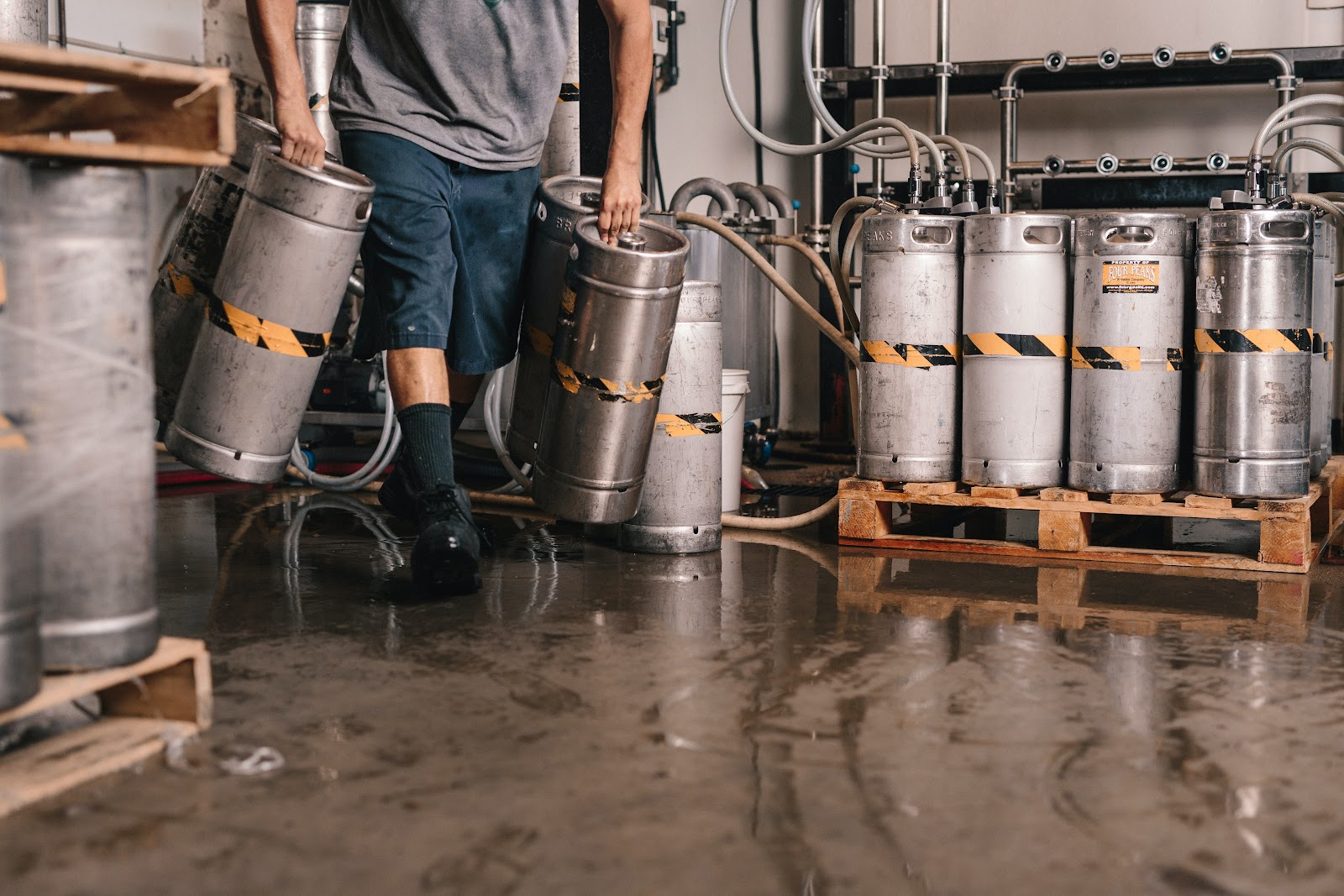How exactly is alcohol-free beer made?
First, a disclaimer, though. Here is a condensed version of all the geeky technology in this article:
Making great beer without alcohol is challenging. pretty difficult. In all honesty, the professionals' assertion that it is an art form is probably accurate. Continue reading if you're interested in learning how the magic operates. Go here for a quick route to current beers sans alcohol.
How is Beer Manufactured Without Alcohol?
There are really several techniques to make alcohol-free beer; the most popular ones are often dealcoholization, restricted fermentation, fermenting without alcohol, and dilution. Even yet, virtually all alcohol-free craft beer brewing start similarly, by "mashing" malted barley with hot water to remove the sugars.
What follows is "Wort"? Sorry, but we're pleased you asked. The wort is removed, boiled with hops, and then fermented. The carbohydrates in the wort are used by the yeast during the fermentation process, which produces alcohol as well as other byproducts including carbon dioxide and flavoring chemicals.
How is Liquor Removed From Beer Without Alcohol?
Dealcoholization is the method that produces alcohol-free beer the most frequently out of the four methods. That is the method for making beer alcohol-free by taking the alcohol out of it.
One of three methods—steam distillation, reverse osmosis, water vapour or gas stripping—is used to extract the alcohol. Please bear with us while we go into a bit more information about things below.
Using Steam to Distill
Beer may have its alcohol removed by heating because alcohol has a lower boiling point than water. It can even result in the flavors being completely eliminated, which is definitely not what you want from your Friday night cocktail!
Vacuum distillation, which warms the beer under low pressure, is one method to lessen this impact. Another is to use a spinning cone column system, which sounds ominous and is just mildly high-tech. It is basically for the separation of the flavors from the beer and then before you introduce it, you will notice that the alcohol would have been already separated.
Osmosis in Reverse
Here, the beer is sent through a membrane at high pressure in order to trap big molecules (such flavor molecules) while letting water and alcohol flow through. Smart, huh? The result is a more concentrated beer that, once the water is brought back in, turns into non-alcoholic beer. Do you remain here with us? Good. You're genuinely interested.
Gas and Water Vapour Extraction
There seems to be a trend here, doesn't there—another round of high-tech mischief? The beer is slowly warmed in a vacuum as part of the water vapour and gas stripping process. After that, water vapour is passed through the craft beer and brewing processing. Here, the beer's alcohol is drawn out by the water vapour and carried away.
To reduce this impact, flavors may be removed from the alcohol and reintroduced later. This process however carries the danger of dealcoholization, which reduces the flavors in the beer.
Does Beer With and Without Alcohol Have the Same Flavor?
Beers with and without alcohol may not taste exactly alike, but they might still be rather comparable. And once you locate a fantastic one, it will be quite difficult for you to detect the difference. best part? You're in the correct spot since we only sell the best beers; you can explore some of our favorites here or learn more about the advantages of drinking alcohol-free beer.






Comments
Post a Comment